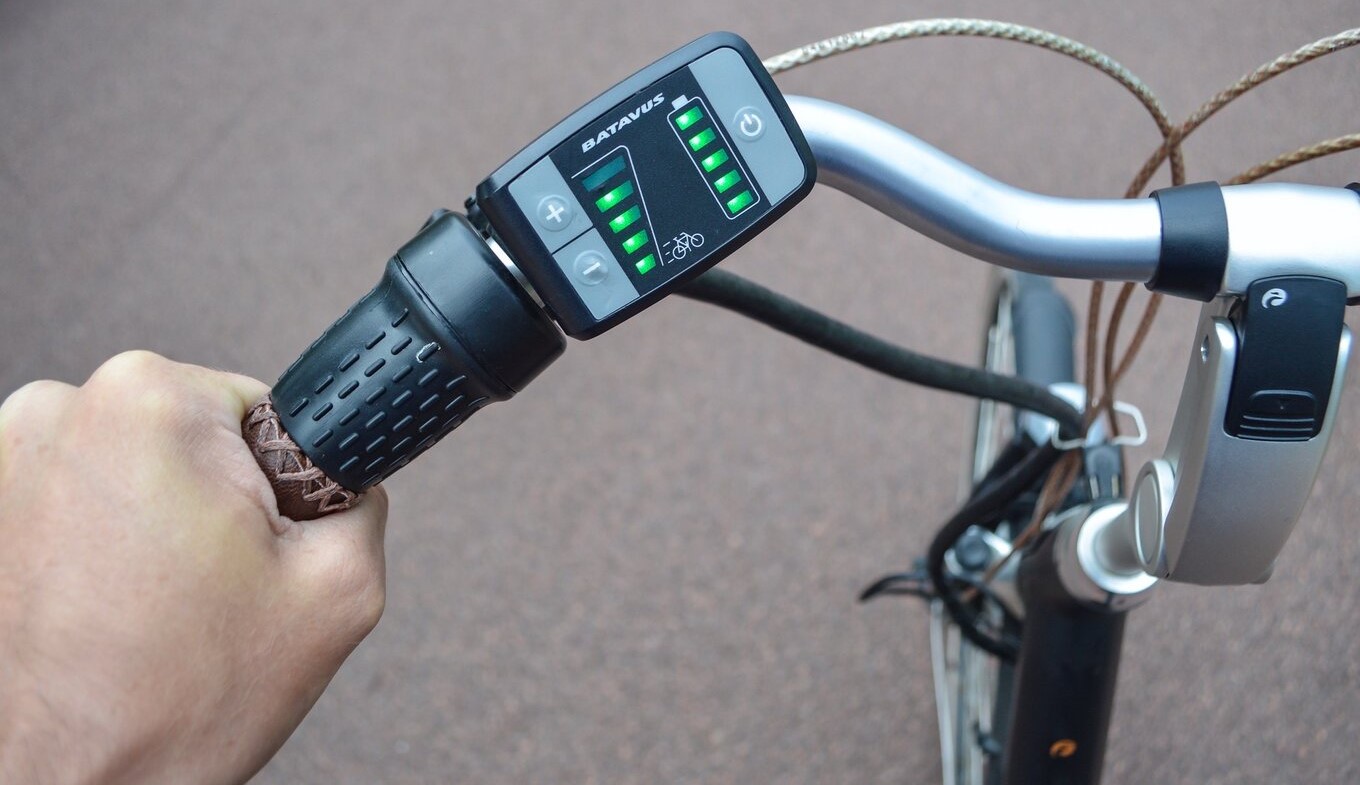
Challenges in Cycling: Safety and Regulations in the Netherlands - Aug. 8, 2024
Despite the Netherlands' reputation as a cycling paradise, the country faces ongoing challenges in ensuring the safety and regulation of cycling. In 2022, approximately 30,000 bike accidents resulted in minor injuries, with around 14,000 causing severe harm, and tragically, about 2,000 accidents proved fatal. These figures underscore the necessity of continuous efforts to enhance cycling safety.
Ensuring Cyclist Safety
Cycling in the Netherlands is generally safe, but with millions of cyclists on the road, accidents can still happen. The Dutch government and local municipalities are constantly working to enhance safety measures and reduce the number of cycling-related incidents.
One of the most common sites for accidents is at intersections. Innovations like raised crossings, dedicated bike traffic lights, and improved signage are being implemented to make these areas safer for cyclists. For example, in the city of Utrecht, the municipality has introduced “intelligent” traffic lights that prioritize cyclists during peak hours with an app, reducing waiting times and the risk of accidents.
Bike Lanes and Separation
Creating dedicated bike lanes and separating them from motorized traffic is crucial. In Amsterdam, the busy intersection at Rijksmuseum was redesigned to include separated bike lanes, ensuring that cyclists are protected from vehicular traffic. This model is being replicated in other high-traffic areas across the country.
Ensuring cyclists are visible, especially during darker hours, is another critical safety measure. Campaigns promoting the use of lights and reflective gear, along with well-lit bike paths, help improve visibility. Cities like Rotterdam have invested in illuminated bike paths that enhance safety without contributing to light pollution.
Bike Helmet
Only a small percentage of Dutch people wear a bicycle helmet. The vast majority consider the bicycle helmet to be impractical. According to Fietsersbond (cyclists association), a mandatory helmet will even discourage some cyclists from taking the bike. By informing the public about the advantages of the bicycle helmet, the number of helmet users may increase, thus reducing the number of serious and fatal accidents.
The initiative called the Day of the Bicycle Helmet (Dag van de fietshelm) was launched for this purpose.
Cycling regulations in the Netherlands are designed to create a harmonious and efficient flow of traffic, but adapting to evolving technologies and increasing numbers of cyclists presents ongoing challenges.
E-Bike Regulation
The rise in popularity of e-bikes has led to new regulations to ensure safety. E-bikes that exceed speeds of 25 km/h are now classified as mopeds and must adhere to corresponding rules, including helmet use and riding on designated paths. This distinction helps manage speed differences on bike paths, reducing potential conflicts.
In urban areas, speed limits on cycle paths are being enforced to prevent accidents caused by fast cyclists. For example, in busy parts of The Hague, a speed limit of 20 km/h on cycle paths has been introduced to ensure the safety of all users.
With the increasing number of bicycles, parking has become a significant issue. Cities are developing new parking solutions, such as underground bike garages and more designated bike racks, to prevent bikes from cluttering sidewalks and public spaces. Amsterdam Central Station, for instance, has an extensive underground bike parking facility that can accommodate thousands of bikes, keeping the area organized and accessible.
Behavioural Campaigns
Changing cyclist behaviour through education and awareness campaigns is vital. Programs aimed at young cyclists, such as the "Safe Cycling" initiative in Groningen, teach children about traffic rules and safe cycling practices from an early age. An example is the Traffic exam (Verkeersexamen). During the practical part of the exam, the children cycle a route. Along the route are volunteers who, using a checklist, assess whether the participants are acting properly.
Adapting to Climate Change
Climate change impacts, such as increased rainfall and flooding, affect cycling infrastructure. Investments in resilient infrastructure, like elevated and water-resistant bike paths, are crucial. In Rotterdam, flood-proof bike paths are being developed to ensure that cyclists can continue to ride safely, even in adverse weather conditions.
The Netherlands' commitment to cycling is unwavering, but maintaining its status as a cycling haven requires continuous effort and innovation. By addressing safety and regulatory challenges head-on, the country ensures that cycling remains a safe, sustainable, and popular mode of transportation for all. This dedication highlights the Netherlands' role as a global leader in cycling infrastructure and policy.